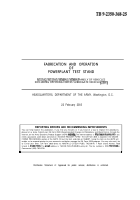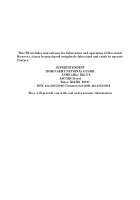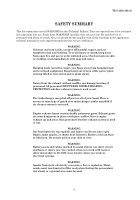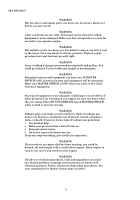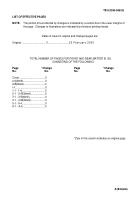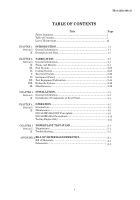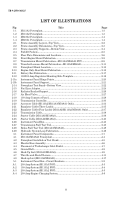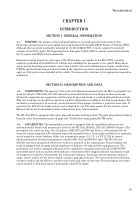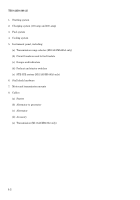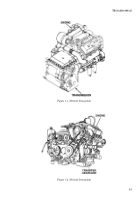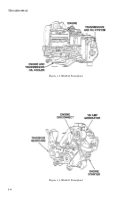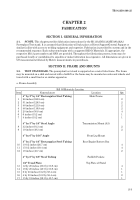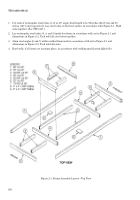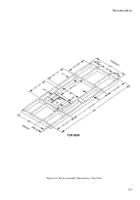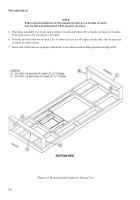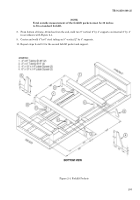TB-9-2350-368-25 - Page 4 of 120
TB 9-2350-368-25
b
WARNING
Hot oil, water, and engine parts can burn you. Let power plant cool
before you start work.
WARNING
A fire can break out any time. Personnel can be injured or killed.
Equipment can be damaged. Make sure fire extinguisher is ready for
use before you operate engine.
WARNING
Hot radiator water can burn you. Use hand to remove cap only if cool
to the touch. Turn cap slowly to release pressure. Replace cap by
pressing down and turning cap until tight.
WARNING
Loose clothing is dangerous around moving belts and pulleys. You
could get injured if your clothes get caught in moving parts.
WARNING
Energized systems and equipment can burn you. If MASTER
SWITCH is ON, electrical system and equipment will be energized.
Make sure MASTER SWITCH is OFF when you work on electrical
system or equipment.
WARNING
Start up of equipment or moving parts could injure you or others. If
other personnel are working on you engine, be sure you know what
they are doing. Place DO NOT OPERATE tag on MASTER SWITCH
when needed to prevent startup.
WARNING
Exhaust gases can make you ill or kill you. Signs of exhaust gas
poison are dizziness, headache, loss of muscle control, sleepiness,
coma, or death. If anyone shows signs of exhaust gas poisoning:
•
Get medical help.
•
Make sure personnel have lots of fresh air.
•
Keep personnel warm.
•
Do not let anyone do hard exercise.
If anyone stops breathing, give artificial respiration.
WARNING
If you work on an engine that has been running, you could be
burned. All tasks begin with a cooled down engine. Allow engine to
cool, or use care if you work on a hot engine.
WARNING
Unsafe use of chemical products, tools and equipment can injure
you. Read and follow warnings and instruction on labels of all
chemical products. Follow all general shop safety procedures. See
your commander for further instructions on safety.
Back to Top

